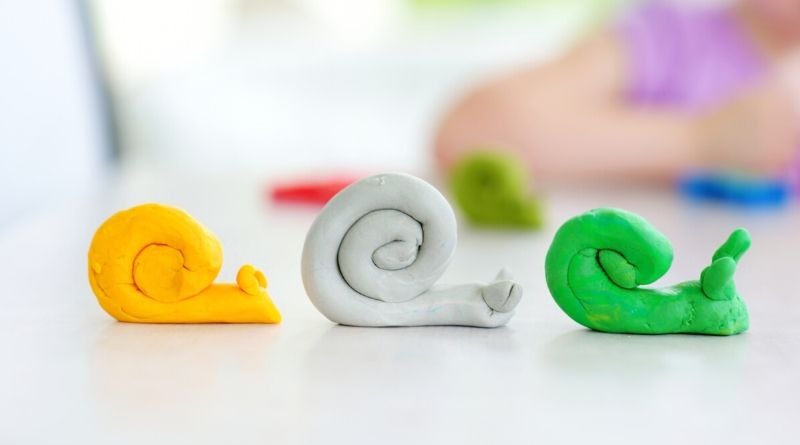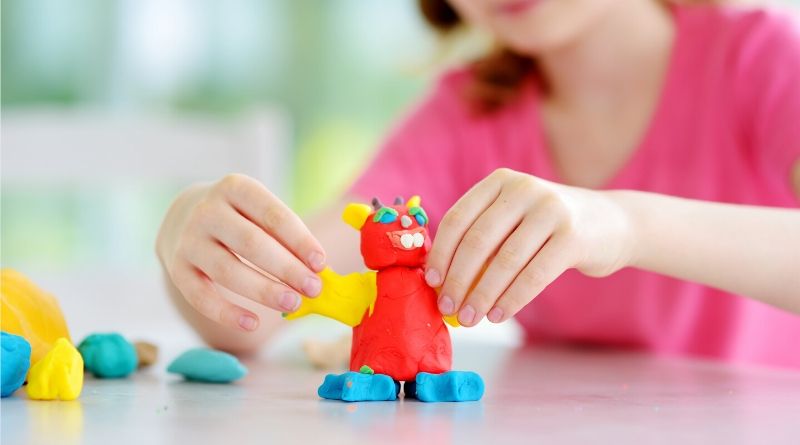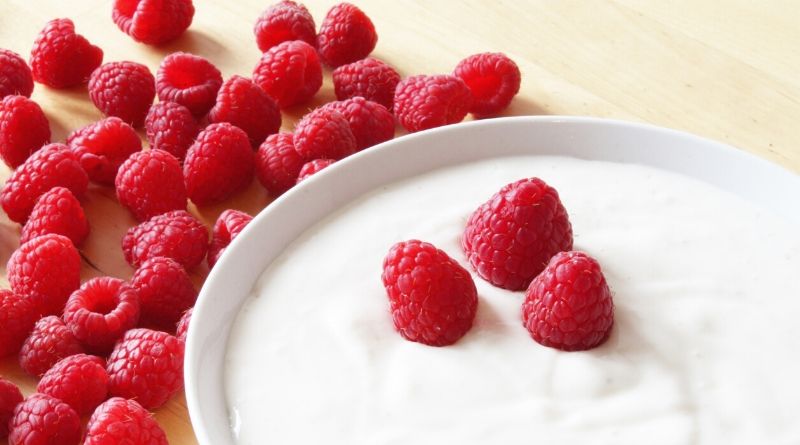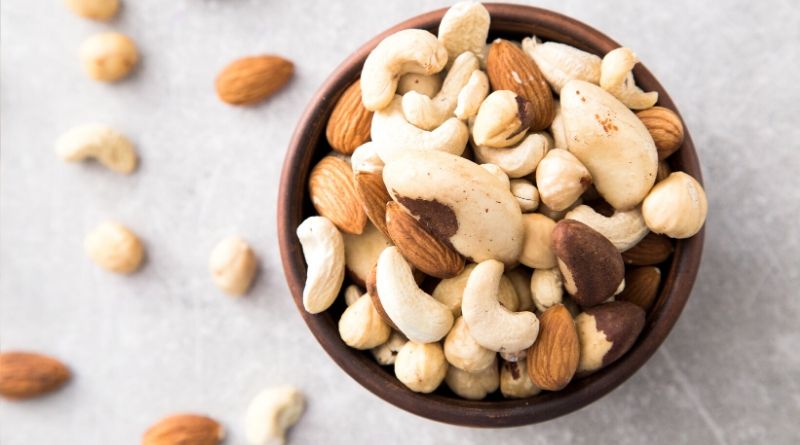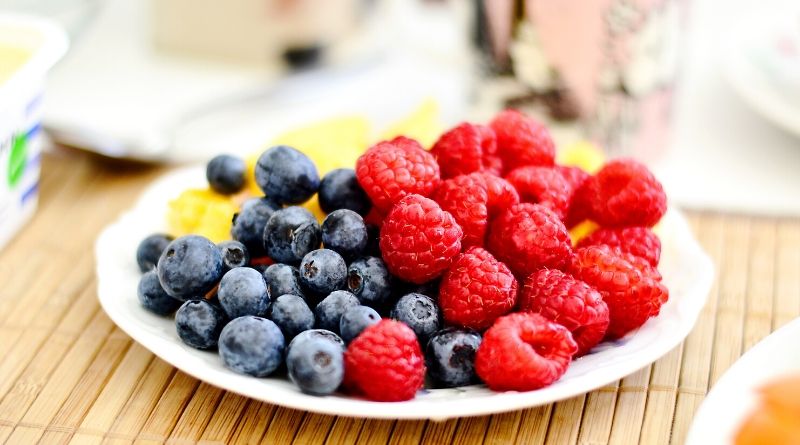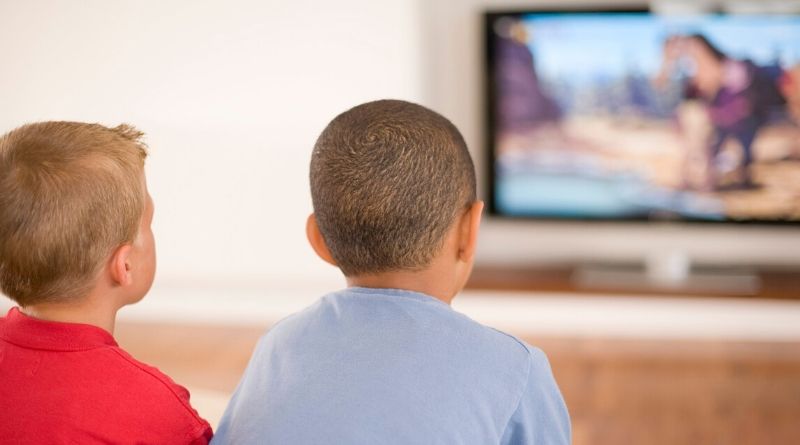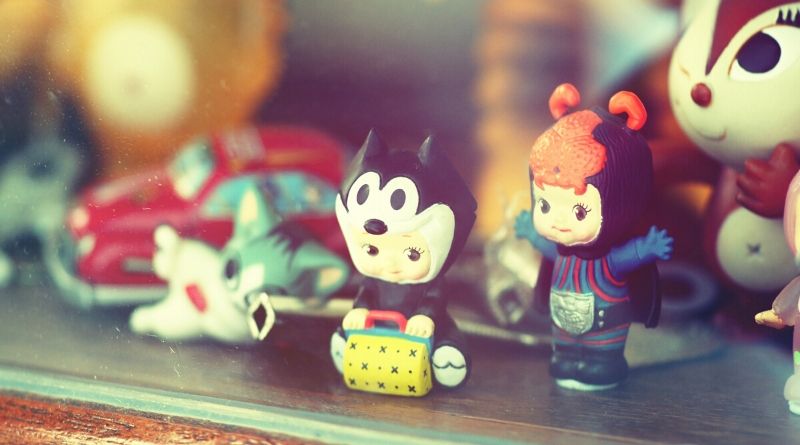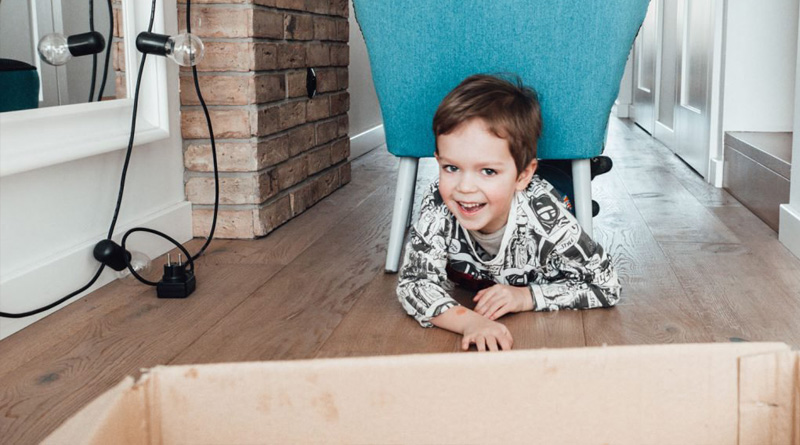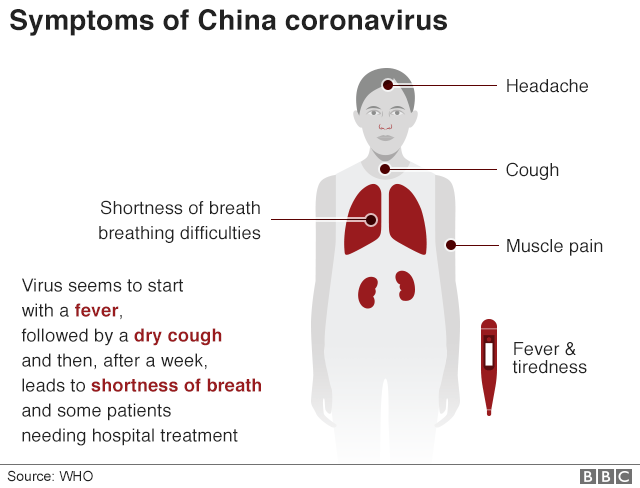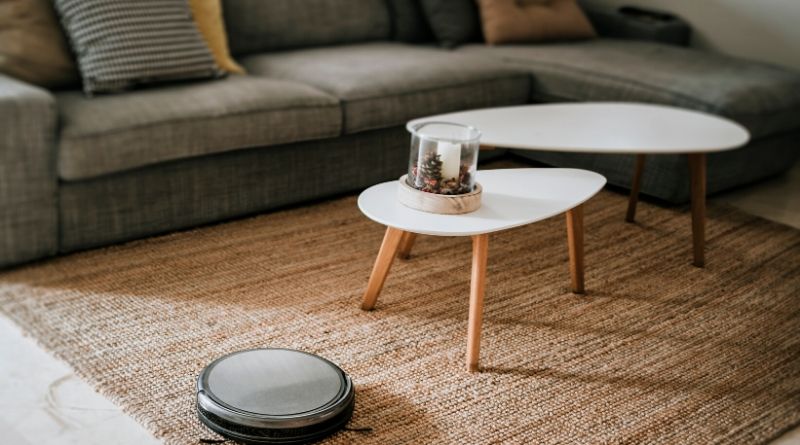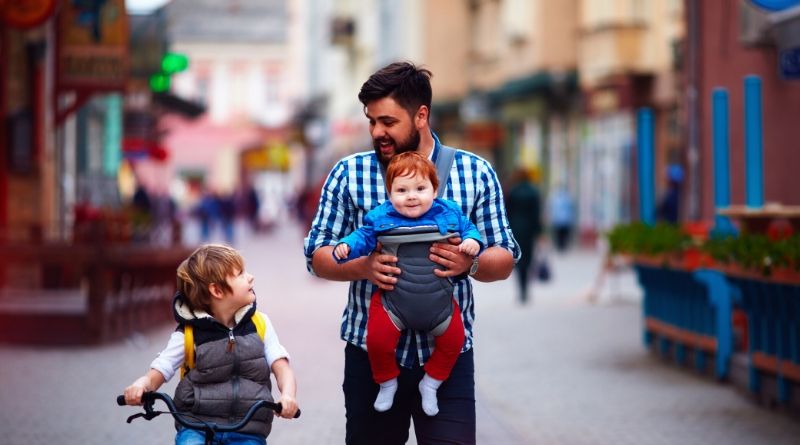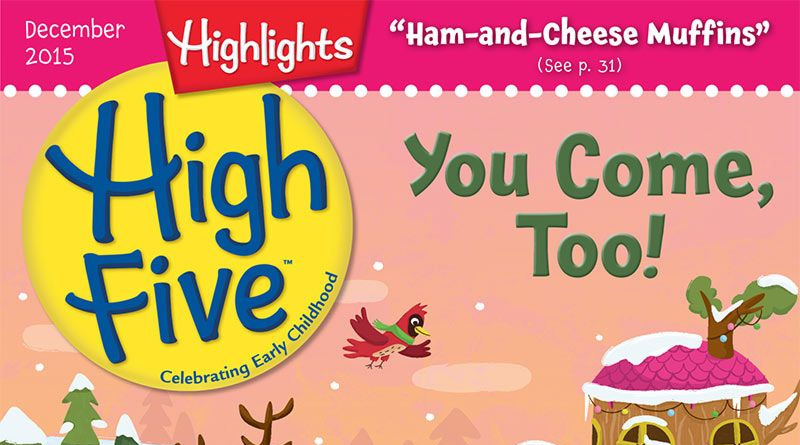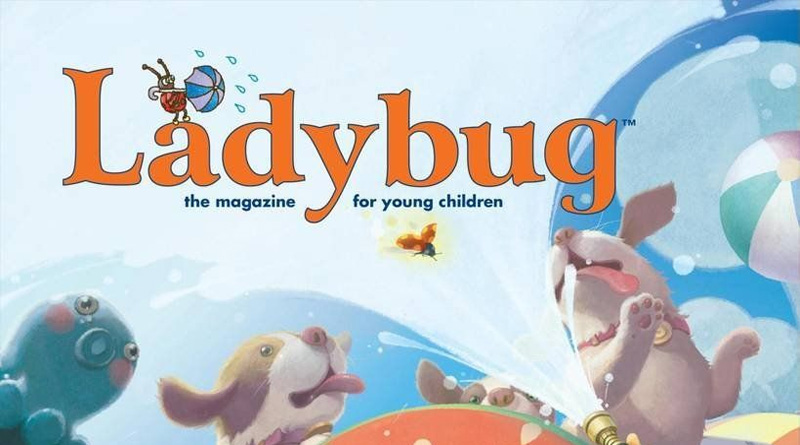School closures? Being asked to stay at home with your children offers only so many options. So, you might as well get Netlifx up for a spin – they offer one month for free. And it’s good to have this list on hand. I’ve chosen the most engaging children’s stories that you can let your kids watch so you can take a little break.
Puffin Rock (3+)
The Puffin family lives on Puffin Rock – the dad, mother, young Oona and her baby brother Baba. Oona and Baba learn a lot about science, relationships in the family and among friends and different animal species, what they eat and where they live. How to care for each other, how to ask for help, how to respect the needs of others and different characters. Each episode is less than 10 minutes.
Masha’s Tales (3+)
Masha’s Tales is an extraordinary series, where a young russian girl, Masha, tells popular fairy tales in a childlike manner, mixing up both story lines and characters, but always coming up with original advice. Each episode is less than 30 minutes.
PJ Masks (4+)
Great for kiddos who want to feel like a superhero! By day, 6-year-olds Connor, Amaya and Greg go to school like everyone else. But when something goes awry in the city, these special kids, filled with curiosity and a sense of justice, get ready for their mission – but they have to wait until nightfall when the city is asleep and they can go undetected. Each episode is under 25 minutes.
Super Wings (3+)
“Super Wings” is a story of a jet plane named Jett who travels the world delivering packages to children. With every delivery, Jett encounters a new problem that he and his friends the Super Wings must work together to solve. It follows the same script every episode – starting with the planes discussing or doing something that will become relevant in the episode, then Jett is sent to deliver a package to a child somewhere in the world. Towards the middle of the series, they introduce a foreign word in each episode. Each episode is under 15 minutes.
Chip and Potato (3+)
A loveable pug and her mouse BFF start kindergarten, welcome new siblings and learn to become part of their community. The world is a little whacky as some animals are human like, some are still animals. There is not rhyme or reason, but it works. Lots of happy families, bright colors, and little to no real “crime” – Poppa Pug is a police officer. I think the cartoon is very positive and open minded. It teaches the importance of friendship and family, it is very up with the times. Each episode is under 20 minutes.
Paw Patrol (4+)
UPDATE: Netlflix just removed it. The creators of this series probably did not predict how powerful of a weapon in the fight against boredom they had created. This animated series is already 7 years old. It’s hard to find a kid who would not recognize Ryder and the dogs who, on a daily basis, save everyone and teach good values to the children.
Motown Magic (5+)
Imaginative 8-year-old Ben transforms his city by bringing colorful street art to life, armed with a magic paintbrush and the music of Motown. The series features music from artists including The Jackson Five, Michael Jackson, Stevie Wonder, Marvin Gaye, Smokey Robinson, The Supremes, and The Temptations. Perfect way to bring back memories and introduce the music to younger generations. Does not seem to have any hidden agendas. A few life lessons and teaching moments for kids, but more entertaining than educational.
Spirit: Riding Free (7+)
This is a story of three best friends, the horses they love, and a world of adventure. Lucky, a gutsy 12-year-old girl, befriends a wild mustang she names Spirit. With her two best friends, Abigail and Pru, they explore a world filled with adventure and never-ending fun. This is a great series if you are looking for something simple, sweet and without tons of drama. Each episode is under 25 minutes.
